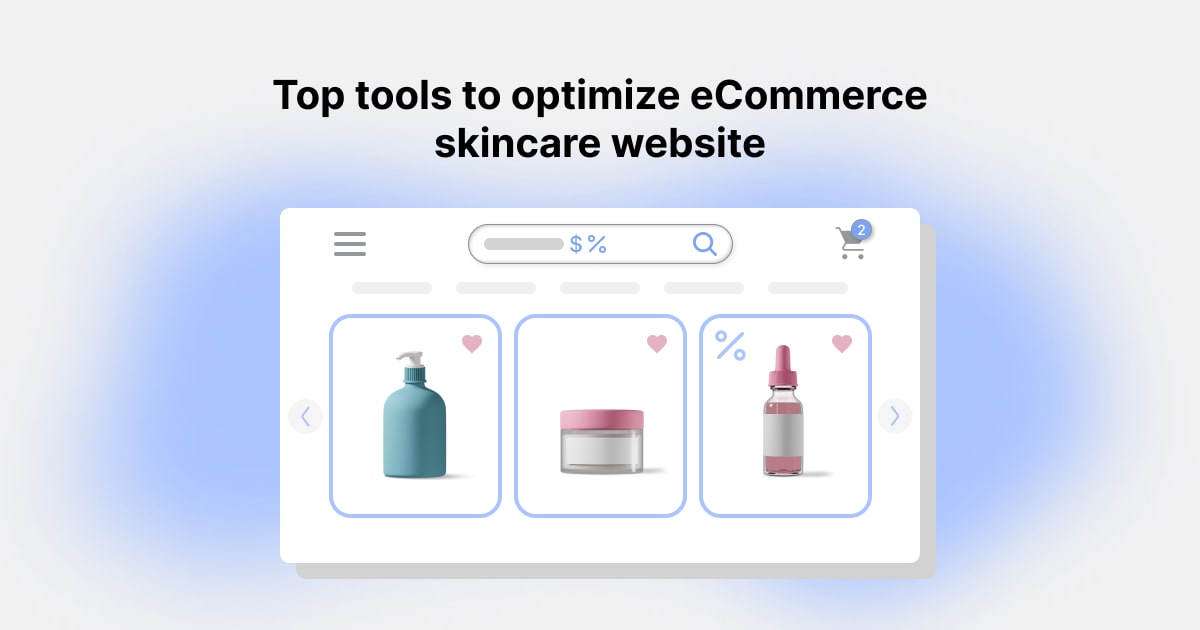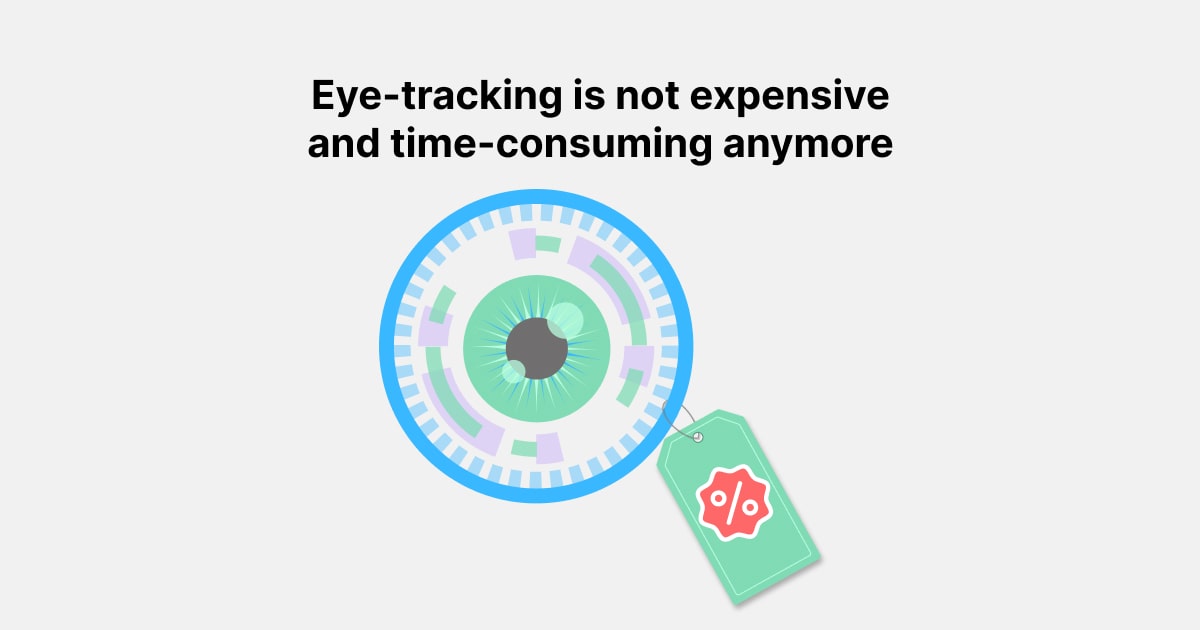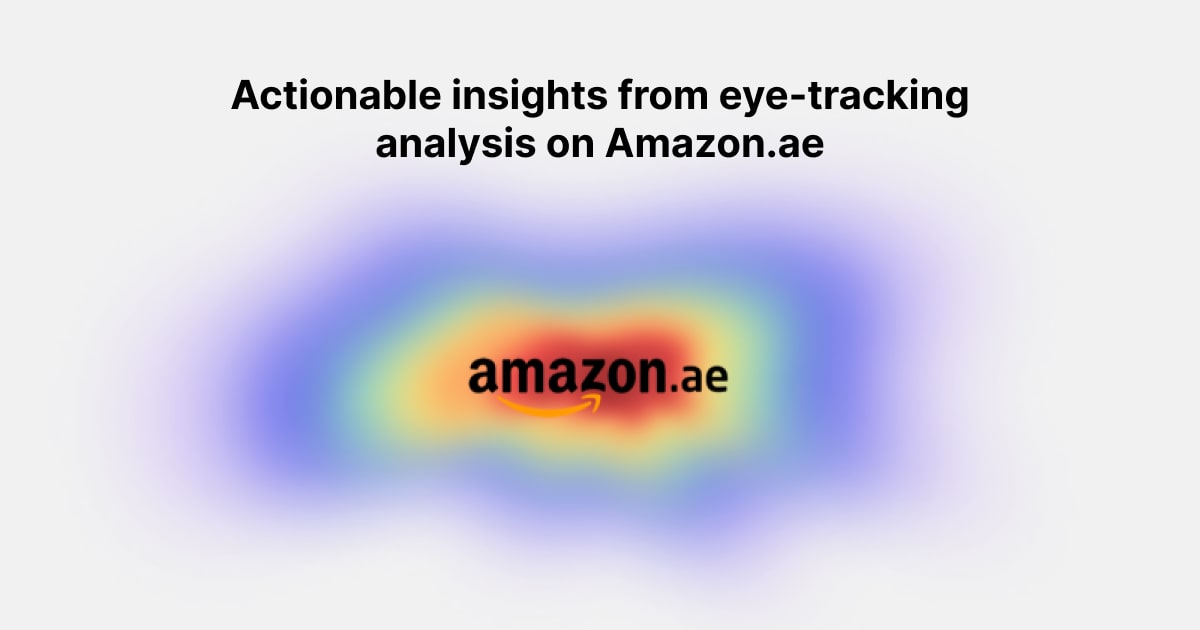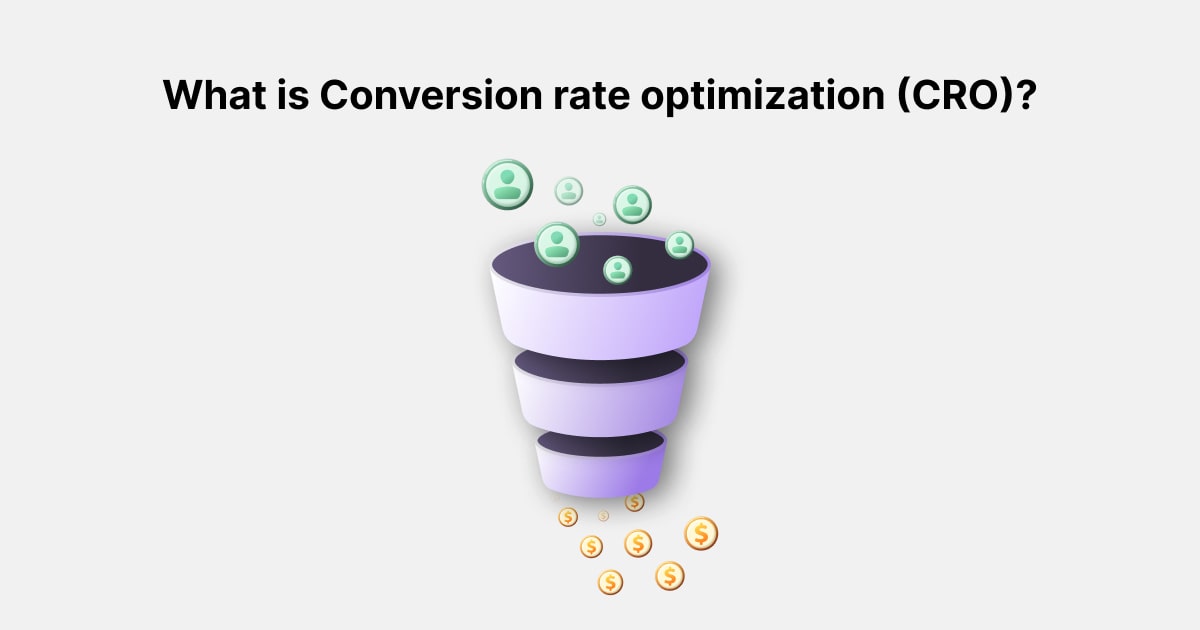Enhanced AI eye-tracking based on scientific knowledge
Last updated
Reading time
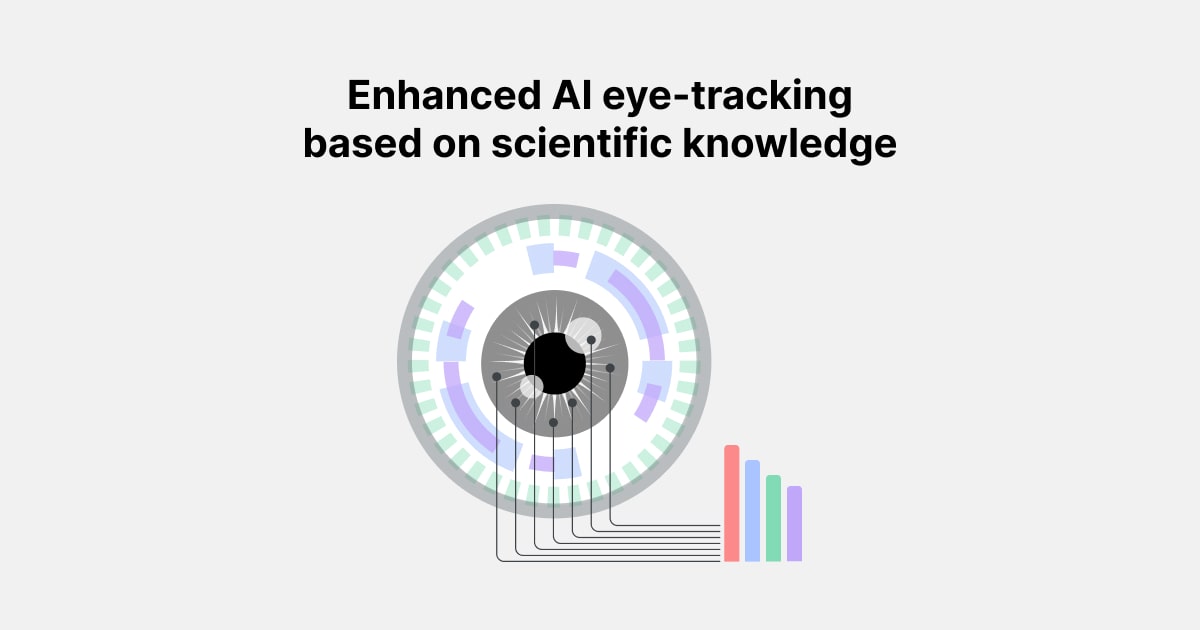
Content
Innovation goes beyond just boosting sales; it involves blending scientific discoveries into our products to enhance their performance.
Our team, driven by a passion for research and advancement, found deep inspiration in a groundbreaking book that greatly impacted our eye-tracking technology. “Eye, Brain, and Vision” by David H. Hubel offers insights into the continuous movement of the human eye, teaching us that our eyes are always moving. This critical understanding is essential for eye tracking as it emphasizes the need to observe not just the point where someone looks but also the surrounding area, providing us with deeper insights into user engagement.
The research presented in “Eye, Brain, and Vision” offers a comprehensive examination of how the brain processes visual incentives, making it an invaluable resource for enhancing our AI-based eye-tracking products. By integrating these insights into our technology and development processes, we have made significant advancements in several critical areas:
Content
Eye Movement Dynamics
The realization that the human eye is constantly in motion, even when it seems to be focused on a single point, has profound implications for the accuracy and reliability of eye-tracking technology.
This continuous movement means that traditional methods of eye-tracking, which often assume static visual focus, can miss subtle but critical data. By refining our algorithms to better account for these micro-movements, we can ensure that our technology interprets visual data with much greater precision.
This improvement is crucial for applications ranging from UX research to advanced neurological studies, where understanding the nuances of eye movement can reveal deeper insights into cognitive processes and reactions to different stimuli.
Points of Interest and Contrast
The brain’s mechanism for focusing on specific points of interest, primarily defined by contrast boundaries, underscores the necessity of designing user interfaces and digital content that naturally attract the viewer’s gaze to the most pertinent areas.
This understanding has led us to develop eye-tracking technology that aligns more closely with natural visual processing habits. By doing so, we can create more intuitive and effective user experiences that guide the user’s eyes in a way that feels both natural and effortless.
This approach not only enhances user engagement but also increases the effectiveness of the content by ensuring that key information is prominently and effectively displayed.
Separate Processing of Color and Shape Information
Understanding that the visual system processes color and shape through different pathways reveals the complexity of visual perception. This differentiation is crucial for designing digital content that is both engaging and easy to navigate.
By developing more sophisticated models that separately analyze how color and shape are processed by viewers, we can tailor our eye-tracking solutions to provide more detailed and specific insights into user interaction.
These insights are particularly valuable in areas such as website design, where understanding how users perceive layout and color schemes can lead to significantly better designs that drive engagement and conversion.
Eye-Tracking Calibration Challenges
Recognizing the challenges inherent in calibrating eye-tracking systems due to natural eye movements has underscored the need for continual innovation in our calibration techniques. Traditional calibration methods often struggle with the variability of human eye movements, leading to inaccuracies in data collection.
By focusing on developing more adaptive and robust calibration methods, we aim to enhance the user-friendliness and accessibility of our technology. This focus on improving calibration not only enhances the accuracy of our eye-tracking studies but also makes our technology more accessible to a broader range of users, including those in clinical and research settings where precision is paramount.
Why is this important for eye-tracking research?
We are studying the structure of the visual analyzer to obtain more accurate analytics. Essentially, this data supports the process of correlating the gaze patterns predicted by our neural network with the objects on the webpage under examination.
A single gaze prediction (or frame) may not always be accurate due to algorithmic errors and the natural variances in how we focus on points of interest.
However, when numerous data points are aggregated during the prediction process, individual inaccuracies tend to negate each other. This accumulation helps clarify the actual focus of the viewer’s gaze, providing a more accurate depiction of where users are truly looking.
Through these advancements, we are not merely creating a product; we are forging a tool that taps into the intricate nature of the human visual system.
This tool provides unprecedented insights into user behavior and cognitive interaction, offering valuable applications in diverse fields such as psychology, marketing, user experience design, and neuroscientific research.
Our commitment to integrating deep scientific understanding into practical technological solutions sets us apart in the tech industry, driving forward the boundaries of what is possible in eye-tracking and user engagement analysis.



